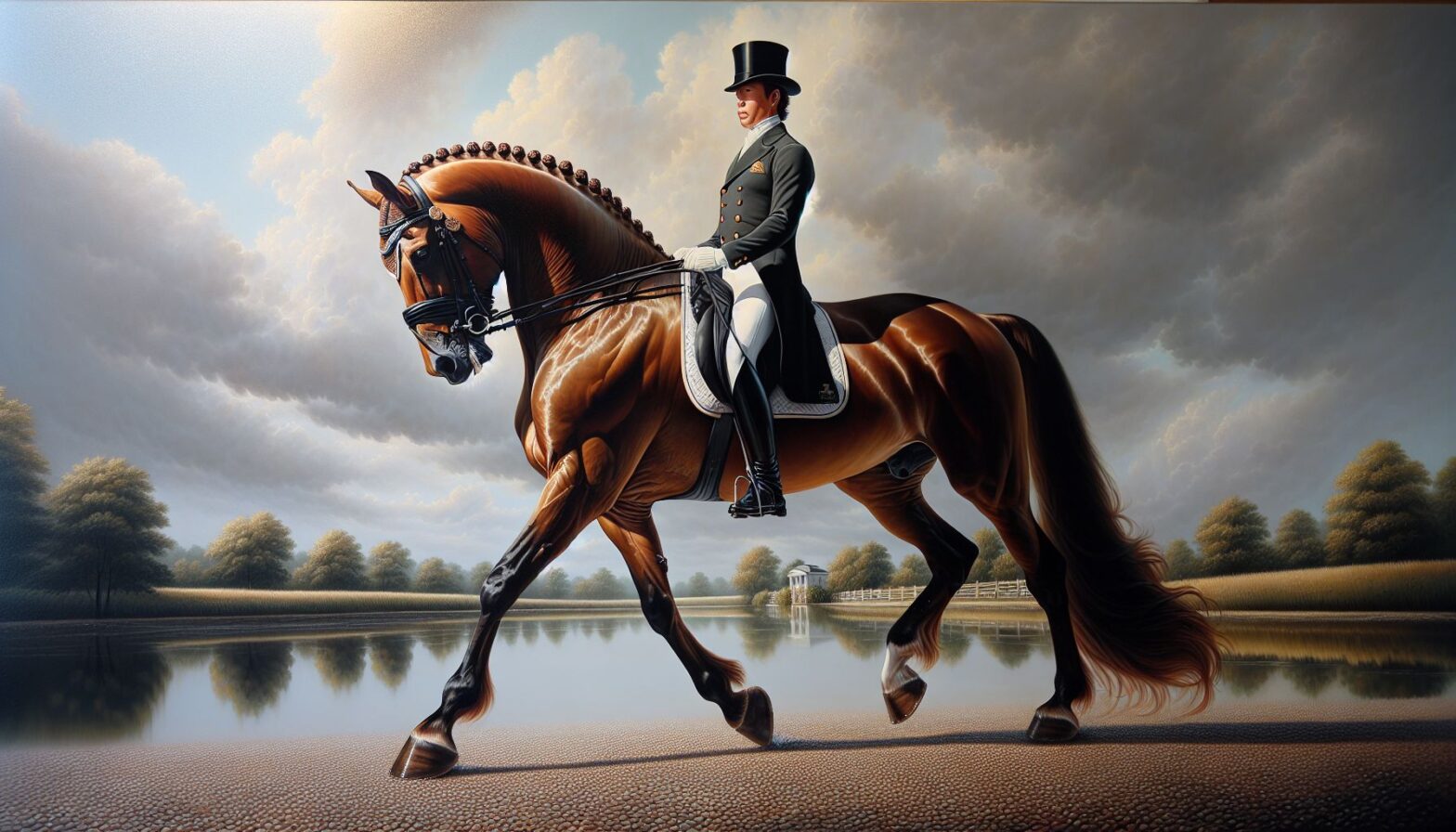Have you ever watched a horse and rider performing a beautifully choreographed routine in the equestrian arena? If so, you may have witnessed the art of dressage. Dressage is a discipline of horse riding that emphasizes harmony, precision, and grace between horse and rider. In this blog post, we will explore the world of dressage, from its history and origins to its training techniques and competitions.
Origins of Dressage
Dressage has its roots in classical horsemanship, dating back to ancient Greece where cavalry horses were trained in advanced movements for warfare. Over time, dressage evolved into an elegant sport practiced by skilled equestrians around the world. The word “dressage” itself is of French origin, meaning “training” in English.
The Basics of Dressage
At its core, dressage is about training a horse to be responsive, balanced, and supple to the rider’s aids. Riders communicate with their horses through subtle cues such as leg pressure, weight shifts, and rein contact. The goal is to develop a partnership built on trust and communication, resulting in a seamless connection between horse and rider.
Training Techniques
Dressage training involves a series of progressive exercises designed to develop the horse’s strength, flexibility, and responsiveness. Horses are trained to perform a variety of movements such as trotting, cantering, and galloping with precision and elegance. Advanced dressage movements include pirouettes, piaffe, and passage, which require a high degree of skill and coordination.
Riders work with their horses on a daily basis, practicing exercises in the arena and focusing on improving their communication and harmony. Dressage trainers often emphasize the importance of correct position, balance, and timing in order to achieve a harmonious partnership with the horse.
Dressage Competitions
Dressage competitions are held at various levels, from introductory classes for beginners to international competitions for elite riders. Competitors are judged on their performance of a predetermined set of movements or “tests” in the arena. Judges evaluate the horse and rider on criteria such as impulsion, submission, and accuracy of movements.
One of the most prestigious dressage competitions is the Olympic Games, where riders from around the world compete for gold, silver, and bronze medals. Dressage enthusiasts can also attend local shows and events to watch riders of all levels showcase their skills and talent in the arena.
The Beauty of Dressage
What sets dressage apart from other equestrian disciplines is its emphasis on elegance, precision, and finesse. When done well, dressage is a true art form that showcases the beauty and athleticism of the horse. Watching a horse and rider perform a flawless dressage routine is a sight to behold, with every movement flowing seamlessly and effortlessly.
Dressage is not just about winning competitions or earning ribbons; it is about the bond between horse and rider, the connection that is created through hours of training and practice. It is a partnership built on trust, respect, and mutual understanding, where horse and rider work together as one.
Conclusion
In conclusion, dressage is a discipline that embodies the beauty and grace of equestrian sport. From its origins in ancient Greece to its modern-day competitions, dressage continues to captivate audiences with its elegance and precision. Whether you are a seasoned equestrian or a casual observer, the art of dressage is sure to inspire and amaze.
So next time you see a horse and rider performing a dressage routine, take a moment to appreciate the skill, dedication, and teamwork that goes into creating such a beautiful display of horsemanship. Dressage truly is a testament to the power of communication and partnership between horse and rider.
